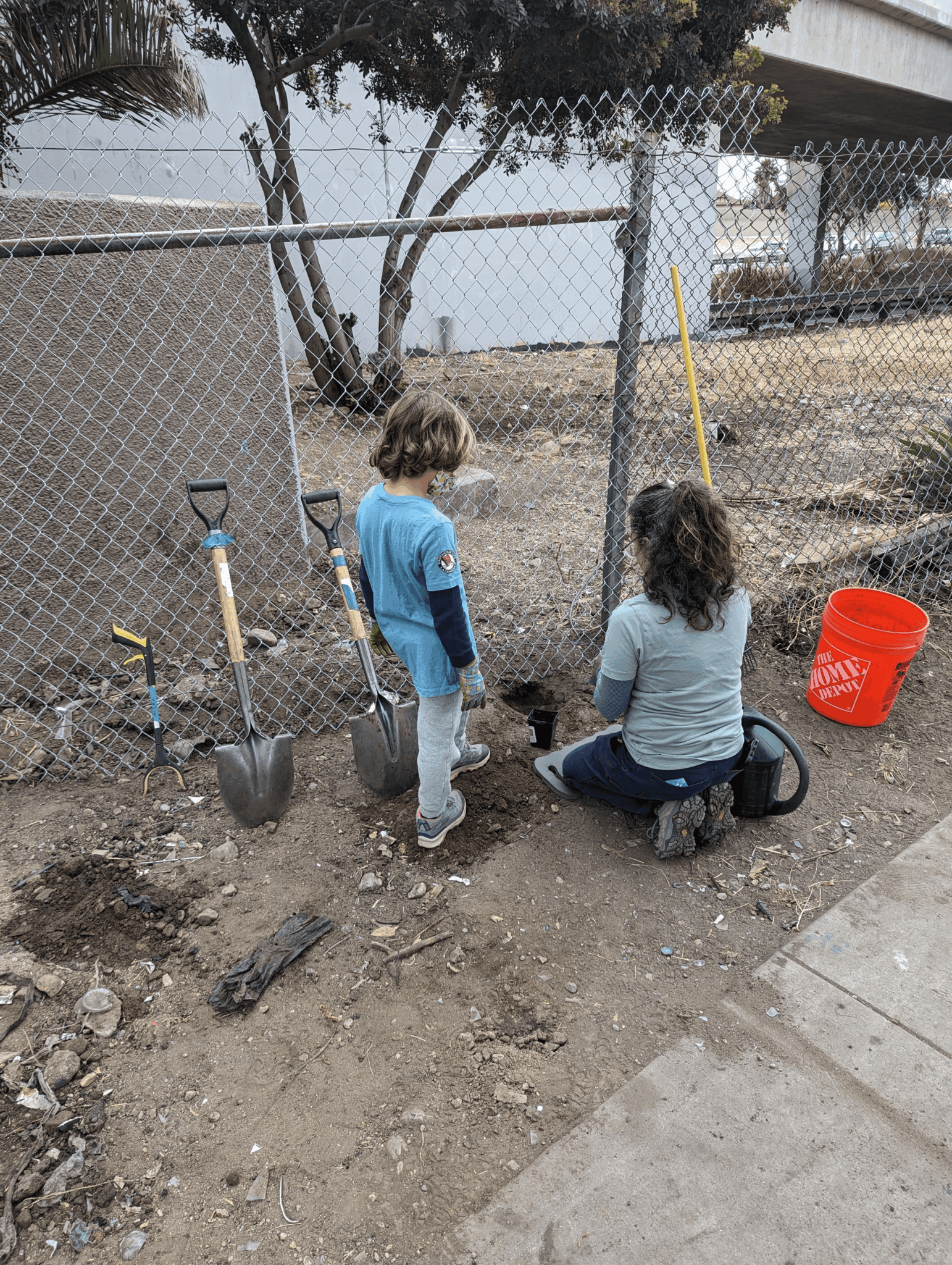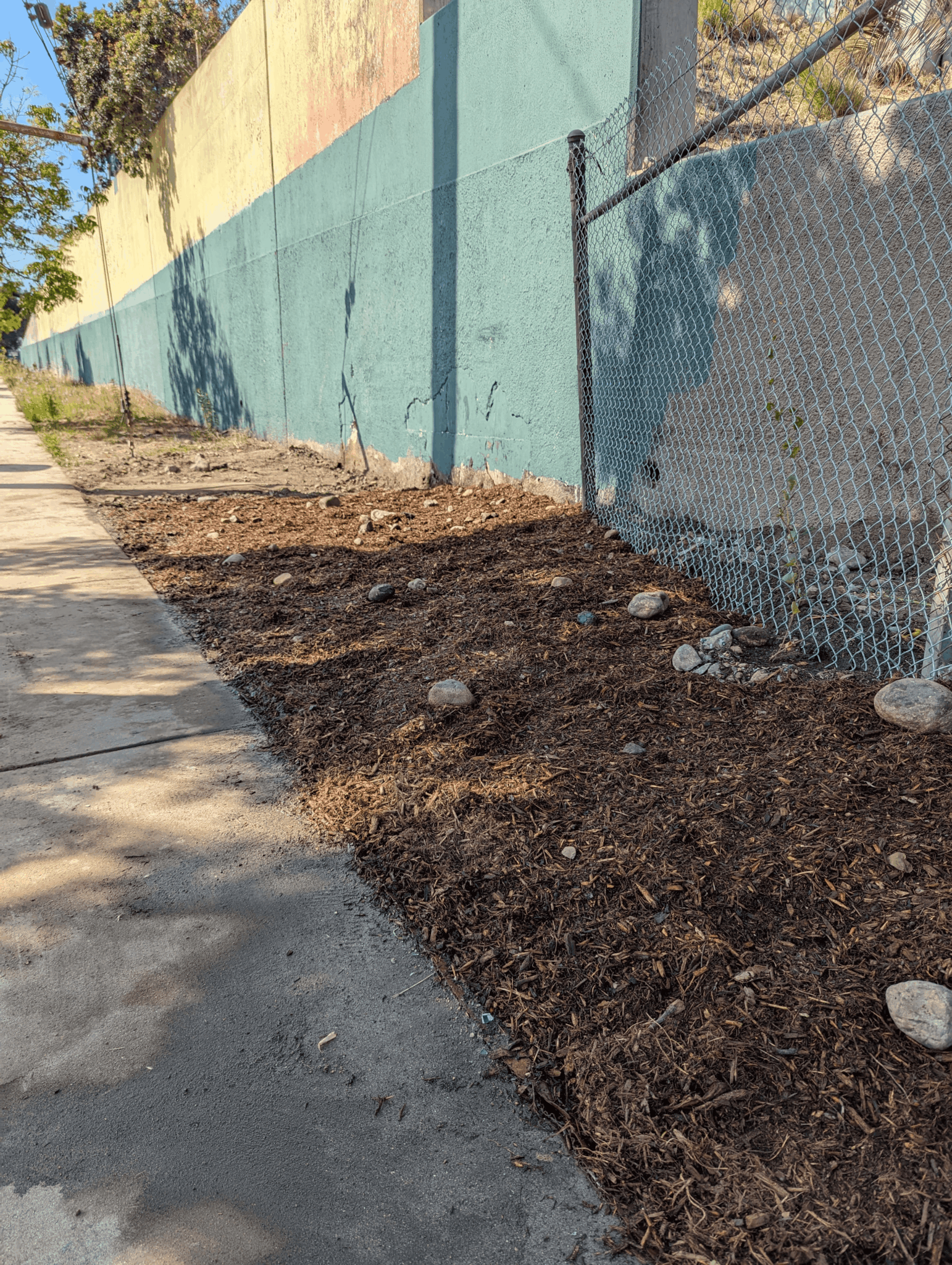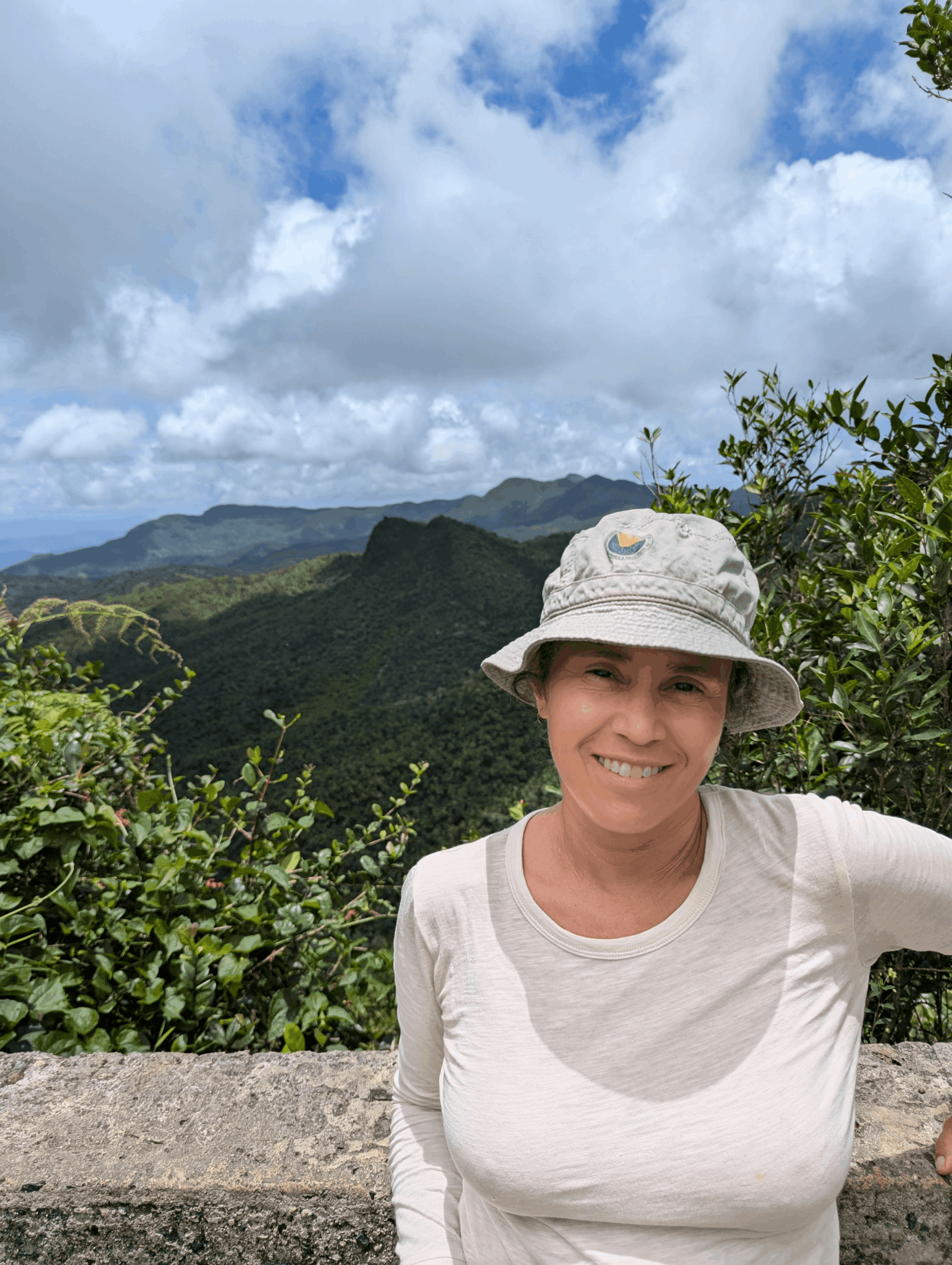We were lucky to catch up with Marie Massa recently and have shared our conversation below.
Alright, Marie thanks for taking the time to share your stories and insights with us today. We’d love to hear about a project that you’ve worked on that’s meant a lot to you.
Starting the Lincoln Heights California Native Plant Corridor on S. Ave 20 has been incredibly meaningful for me. I feel like the community has really appreciated the effort to clean up and beautify this space, local residents have started to become interested in native plants, and most importantly I can see that habitat is becoming available for insects, lizards, and birds. Previously this space was just growing weeds, collecting trash, and was a magnet for homeless encampments and drug sales. I started this project in November 2022 and in almost two years time the area has changed drastically.
This section of S. Avenue 20 in Lincoln Heights (90031) is just south of North Broadway and ends at the intersection of Albion St. It is roughly 365 feet long and 8 feet wide or 2,920 sq. ft. It borders a wall that supports the on-ramp south-bound 5 freeway and on the other side is a sidewalk which gets a lot of foot traffic from local residents and children walking to school. This strip of land now supports over 300 native plants and this fall my hope is to finish planting the area with 150+ native plants from a landscape design that I created for the area.
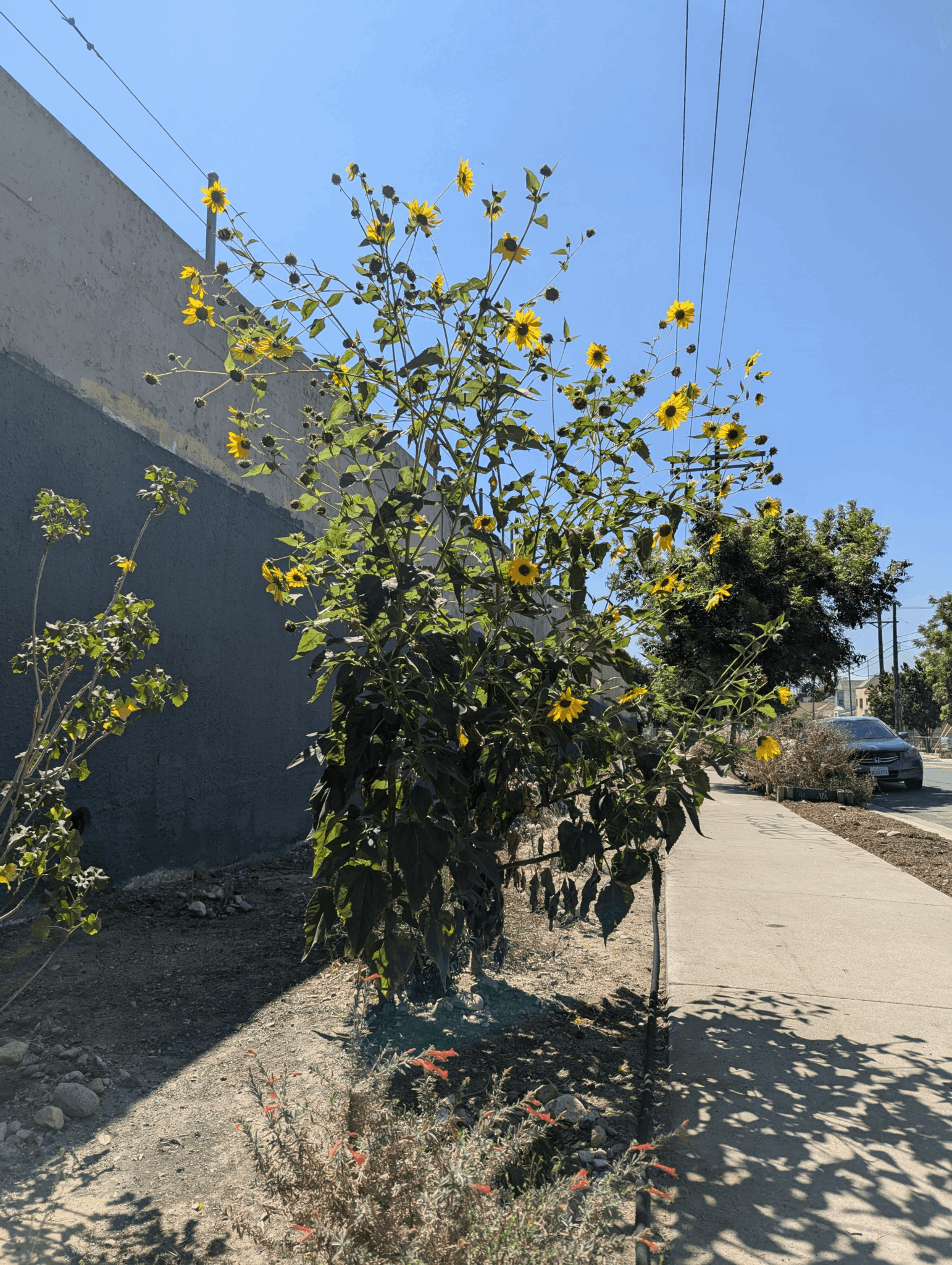
As always, we appreciate you sharing your insights and we’ve got a few more questions for you, but before we get to all of that can you take a minute to introduce yourself and give our readers some of your back background and context?
I am a horticulturist who focuses on California native plants. I have always been interested in plants and nature. I started my academic journey at the University of Colorado, Boulder where I obtained a bachelor degree in environmental science. While at CU I worked in a lab studying plant-insect interactions and learned a great deal about butterflies and plant chemical defenses. After graduating from CU, I took a job being a research assistant for one year for Drs. Phyllis Coley and Tom Kursar, who had set up a 5 year study looking at herbivory and phenology of 35 understory plants on Barro Colorado Island, Panama, which is run by the Smithsonian Tropical Research Institute.
When I returned to the United States I started a graduate studies program at the University of Florida but it wasn’t the right fit for me, so I moved to Los Angeles where my brother was going to USC for film. It took me an extremely long time to find my way in LA after being so involved with nature, science, and environmental research. Not having a car, also made it difficult for me to figure out how I could make a living and do something relating to the environment in a place that gave me the first impression of being a concrete jungle more than anything else.
I realize now that those first impressions were not correct and that there was a whole magical world of native plants in chaparral and coastal sage scrub ecosystems to be discovered. My journey into this world started with me volunteering at the Mildred E. Mathias Botanical Garden at UCLA. Later I went on to work at the Theodore Payne Foundation and the Gardens of the LA Natural History Museum. With over 6,500 native plants in the California Floristic Province and over 2,000 of these are endemic to California or cannot be found nowhere else in the world; I was ecstatic to discover that I was now living in a place that was the most plant diverse within the continental United States!
After learning a great deal about California native plants, I tried my hand at landscape design for home owners but I soon realized that typically only more well-off people were able to hire a landscape designer who only focuses on native plants. Since I had been living in more middle to low income neighborhoods, I started wondering why can’t these areas support more native plant gardens? When I discovered the vacant land on S. Ave 20, I realized that this was a perfect opportunity to educate the local community about the beauty and importance of native plants.
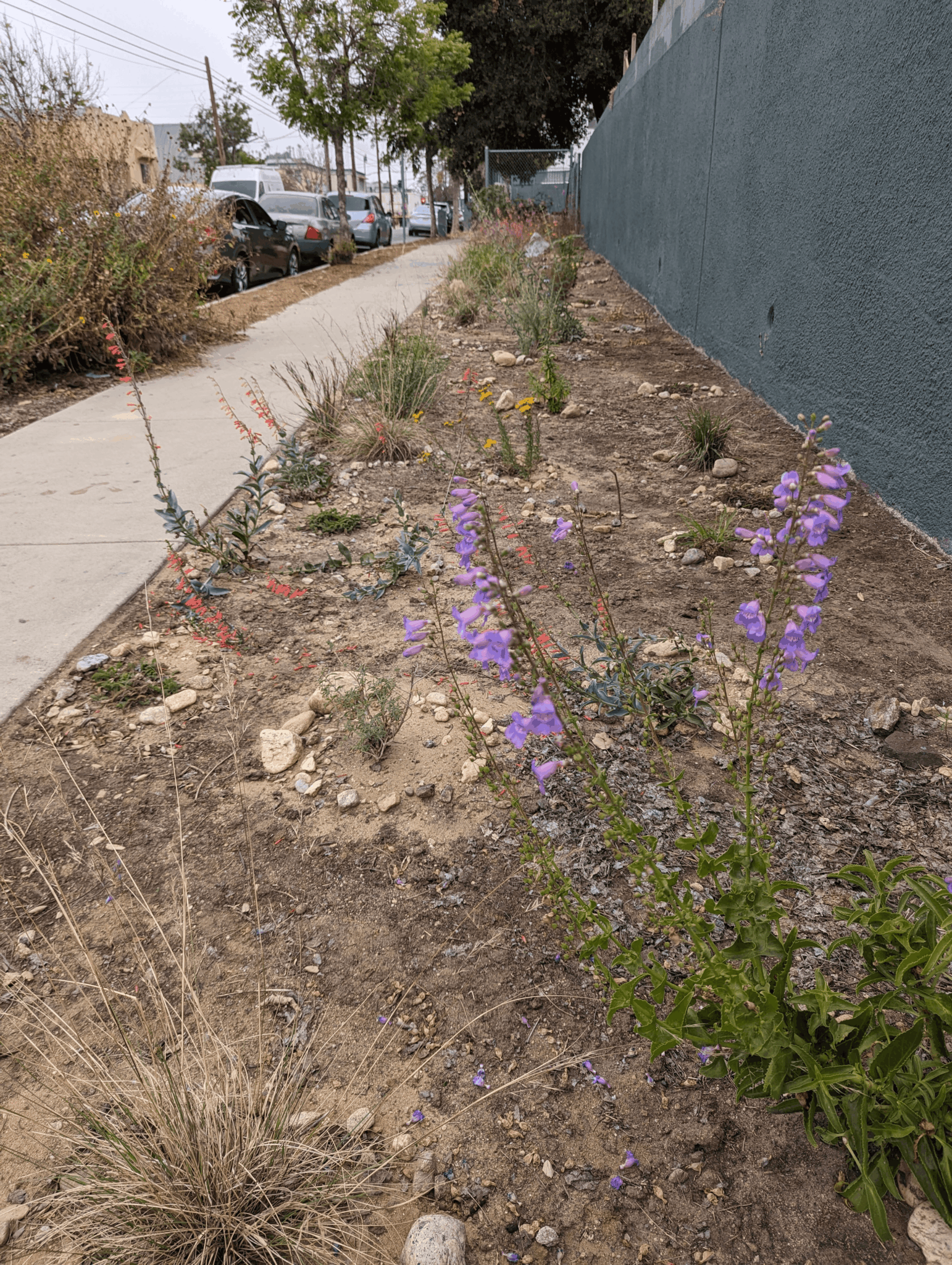
What do you think is the goal or mission that drives your creative journey?
At the moment my mission is to complete the planting, weeding and general wildscaping of the Lincoln Heights California Native Plant Corridor. I want to support this habitat so that it continues beyond me into the future and is a source of beauty and education for local residents as well as a thriving habitat for urban pollinators and wildlife for years to come. Educating the youth of Lincoln Heights to appreciate our local flora and fauna gives me hope that the City of Los Angeles can be so much more than a concrete jungle.
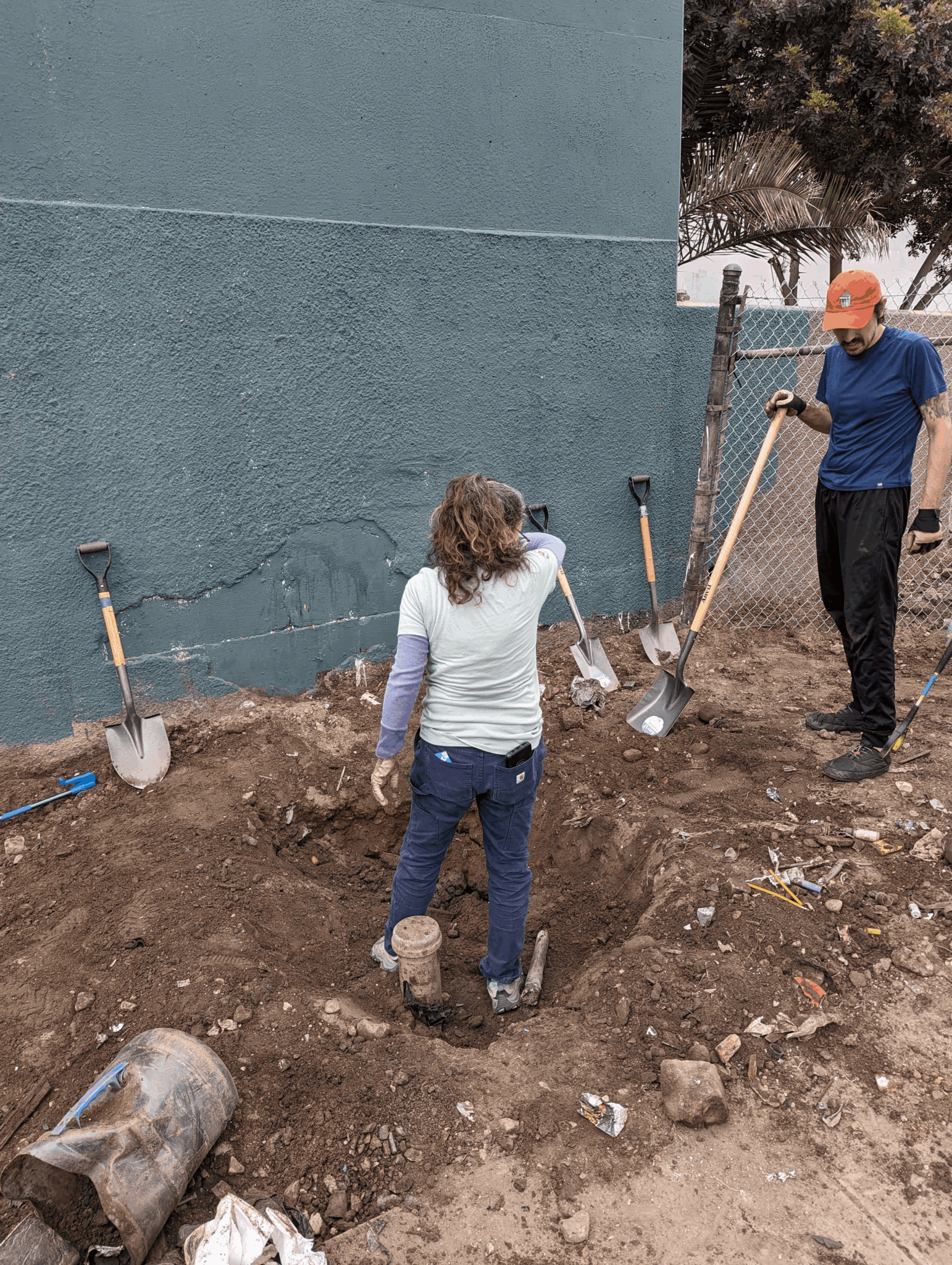
Have you ever had to pivot?
In 2017 I became a mother and I left the world of native plants so that I could focus on being a stay-at-home mom. I was lucky enough that my husband had a graphic design firm which could financially support our growing family. We were also fortunate enough to have the ability to buy a home in Lincoln Heights, which was still an affordable neighborhood at the time. For 5 years I focused on our son and, in terms of plants, only got to enjoy my plants at home.
My husband and son have been instrumental in starting the Lincoln Heights California Native Plant Corridor with me. I could not have done it without their support. As my son grows up I am hoping to move more into the world of native plants again and perhaps find a job that allows me to continue working with native plants and sharing my love of this flora with Los Angeles.
Contact Info:
- Instagram: https://www.instagram.com/ave20nativeplants
- Linkedin: https://www.linkedin.com/in/marie-massa-4b6539114/
